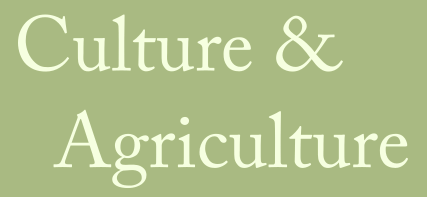THAT IS THE LAND, THOUGH NOT QUITE ALL
Our weekly gleanings present the latest happenings, research and writing along the tangled banks of culture and agriculture. This week: vertical farming, liquid land and a friendly farming opera
That is The Land out there, under the sleet, churned and pelted there in the dark, the long rigs upturning their clayey faces to the spear-onset of the sleet. That is The Land, a dim vision this night of laggard fences and long stretching rigs. And the voice of it—the true and unforgettable voice—you can hear even such a night as this as the dark comes down, the immemorial plaint of the peewit, flying lost. That is The Land—though not quite all. Those folk in the byre whose lantern light is a glimmer through the sleet as they muck and bend and tend the kye, and milk the milk into tin pails, in curling froth—they are The Land in as great a measure.
– Lewis Grassic Gibson
It is in the wintertime that the Land awakens, wrote Rudolf Steiner. During the summer she “sleeps, her soul flies into the cosmos and the vegetation is her dream”. This particular winter, when even Steiner’s perennial Holocene rhythms are being disrupted (see: global see ice), the Land in all its contradiction and excess is becoming liquid and mobile in new ways. The Courier-Journal has just published an article on American Farm Investors, a company managing Kentucky farmland as financial assets for wealthy investors concerned about the intangibility of the ‘doomsday economy’. From AFI’s website:
We locate profitable farms, purchase them with our own equity and investor funds, and manage them efficiently to maximize potential. Larger farms can yield greater profits. By partnering with American Farm Investors, ownership of this asset class becomes a reality.
and some quotes from their customers:
I want to own something very real in this very fake world
There is something special about being able to drive by an asset and pick the dirt up and run it through your fingers. Come spring fever, I might drive out there and pull a leaf off a soybean plant and smell it
Such financial practices represent one of the many faces of land grabbing. For some other perspectives, check out the review symposium on Tania Li’s fantastic book Land’s End (as well as her response to the symposium and of course the book itself) in the most recent issue of the Journal of Peasant Studies. Over at GRAIN there’s an article on how indigenous Kayapó and federal agencies have been collaborating to bring down one of the largest illegal timber and cattle ranching operations in the Brazilian Amazon.
In such cases of deforestation and subsequent soil erosion, land becomes not only mobile in the commodity form but also literally dis-placed. A study published last month in Nature reports that US agriculture is just as vulnerable to a ‘modern Dust Bowl’ drought as it was in the 1930s. One option is to simply escape the complications of Land – Ian Frazier at The New Yorker has just written on the history and current manifestations of aeroponic vertical farming.
While vertical farming moves orthogonally up and away from the Land, a group of anthropologists is moving closer, down to a ‘snail’s eye view’ of a rice paddy. In their ethnographic Golden Snail Opera, Yen-Ling Tsai, Anna Tsing and their co-authors present the more-than-human world of ‘friendly farming’ in Taiwan, through the performative and multi-sensorial form of Taiwanese opera. For more on the more-than-human anthropology of farming, see the latest issue of our journal CAFE.
other items of interest:
– Food Tank interview about the contradictions between urban agriculture and food justice
– USDA report on its microloan program (and analysis here)
– New labeling process for grassfed dairy
